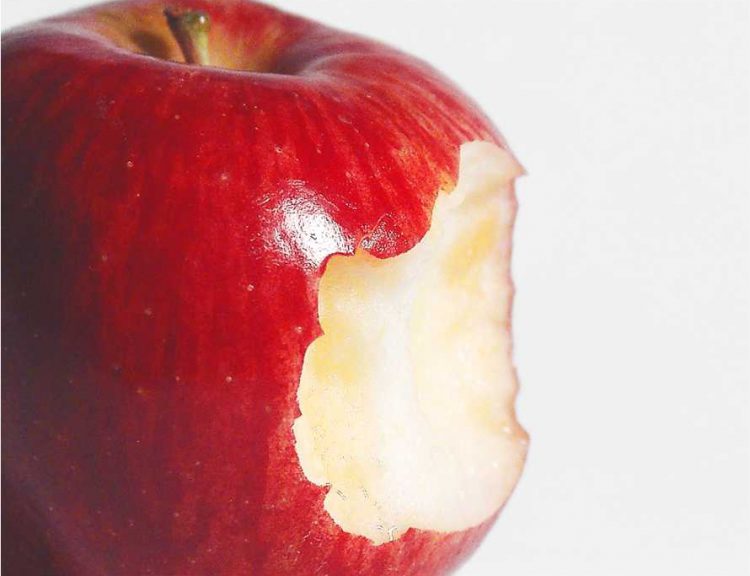
How to heal a wound from a breastfeeding bite
A nipple wound from a baby bite can be very common, but is often difficult to heal. We talked some time ago about the dreadful biting stage, and we believe we should expand on the topic with the best solutions to prevent these types of wounds from getting infected and causing a lot of pain.
First of all, the most important thing is that you will take action. The wound will not close by itself, and applying products such as lanolin (or other “breastfeeding” ointments) doesn’t help at all. They only soak the wound and don’t help it to heal.
Bite wounds are difficult to heal for a variety of reasons:
- The baby repeats to put pressure on the same spot at every feed.
- Bacteria in the infant’s saliva and from leftover solid foods the baby has eaten compromise the healing process.
- These are wounds that stay in a warm and humid area. They tend to get over-infected and take months to heal if you don’t do anything about them.
Treating them is not difficult. In fact, the simplest and most advisable thing to do is to use simple things you have at home: water and your baby’s neutral soap.
- Pay attention and tend to them even if they are very small lesions.
- Clean the area thoroughly several times a day (2 to 5 times) with water and neutral soap, paying attention to the cuts and removing any remaining tissue or pus.
- Once the wound is clean, pat dry the wound. Remember to use single-use paper and avoid using bath towels, which, even if clean, always have a small concentration of bacteria that can hinder healing.
- Continue like this for a few days, usually between 5 and 7 days, until the wound is almost healed or completely healed.
It is important to continue breastfeeding even if it is painful; continuing to empty and drain the breasts with the same frequency is crucial, as there is a risk of mastitis due to lack of drainage.
If the wound does not improve or is large, you can consult with the gynecologist, dermatologist, or healthcare professional, and if they think it is appropriate, they can prescribe a topical antibacterial cream to apply on the affected area. In that case:
- If you have not yet followed the first steps with water and neutral soap, do so for the next 24 hours.
- After these first 24 hours, apply the recommended cream to the affected area.
- Apply it after the feeding at the breast, in very small quantities (like the size of a pea/lentil), and massage it so that it gets absorbed.
- Removing the cream before breastfeeding is not usually necessary, but if this is the case, apply a lot of water on the wound area and dry it by dabbing it with paper towels without rubbing to avoid making the situation worse.
Usually even the deepest wounds should heal very easily following the method above.
In conclusion, nipple injuries, besides being painful, can seriously hinder breastfeeding, so the problem must be addressed as soon as possible. Whenever you have any doubts about nipple injuries, please go see your midwife or healthcare professional so they can check the wound and give you some guidance.